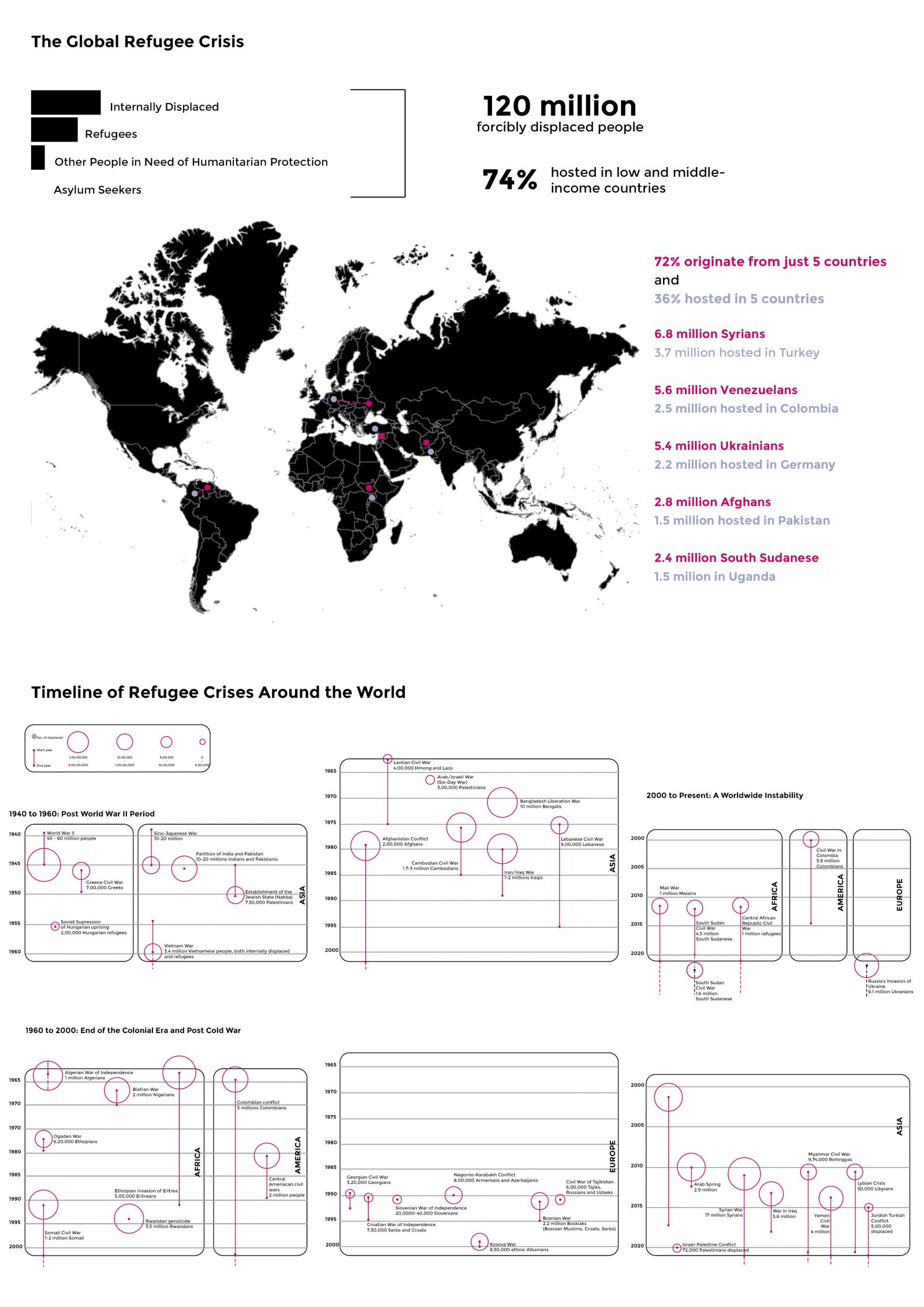Your browser is out-of-date!
For a richer surfing experience on our website, please update your browser. Update my browser now!
For a richer surfing experience on our website, please update your browser. Update my browser now!
The global refugee crisis, now the most severe since World War II, has displaced over 120 million people, many of whom reside in refugee camps initially designed for short-term stays. As of May 2024, more than 43 million refugees remain in camps, with many enduring conditions far beyond their intended duration (UNHCR, 2024). While offering temporary relief, camps such as Za’atari, Kakuma, Kutupalong, and Gummidipoondi are often plagued by overcrowding, inadequate infrastructure, and a lack of access to education and employment opportunities. Despite the growing complexity of these settlements, the planning and management of refugee camps are frequently overseen by engineers and architects rather than urban planners and designers, leaving many camps without the necessary urban planning frameworks to address long-term needs. This research emphasizes the critical role of urban planners and designers in improving the conditions within refugee camps and ensuring more effective rehabilitation. Focusing on Sri Lankan Tamil refugee camps in Tamil Nadu, the study explores the roles of NGOs, government bodies, and international organizations, shedding light on gaps in current guidelines and policies. The research examines the limitations of existing camp designs, specifically regarding infrastructure, sanitation, healthcare, and cultural integration, and analyzes how these shortcomings exacerbate challenges faced by refugees. Through case studies and an exploration of the collaboration between humanitarian actors, this research demonstrates the importance of urban planners in creating organized, adaptable spaces that better meet the evolving needs of displaced populations. It also highlights how NGOs can bridge critical gaps in service delivery, ensuring efficiency and transparency. Ultimately, this study advocates for integrating urban planning and design principles into refugee camp management to improve living conditions and facilitate the potential integration of refugees into urban systems or permanent settlements.
View Additional Work








